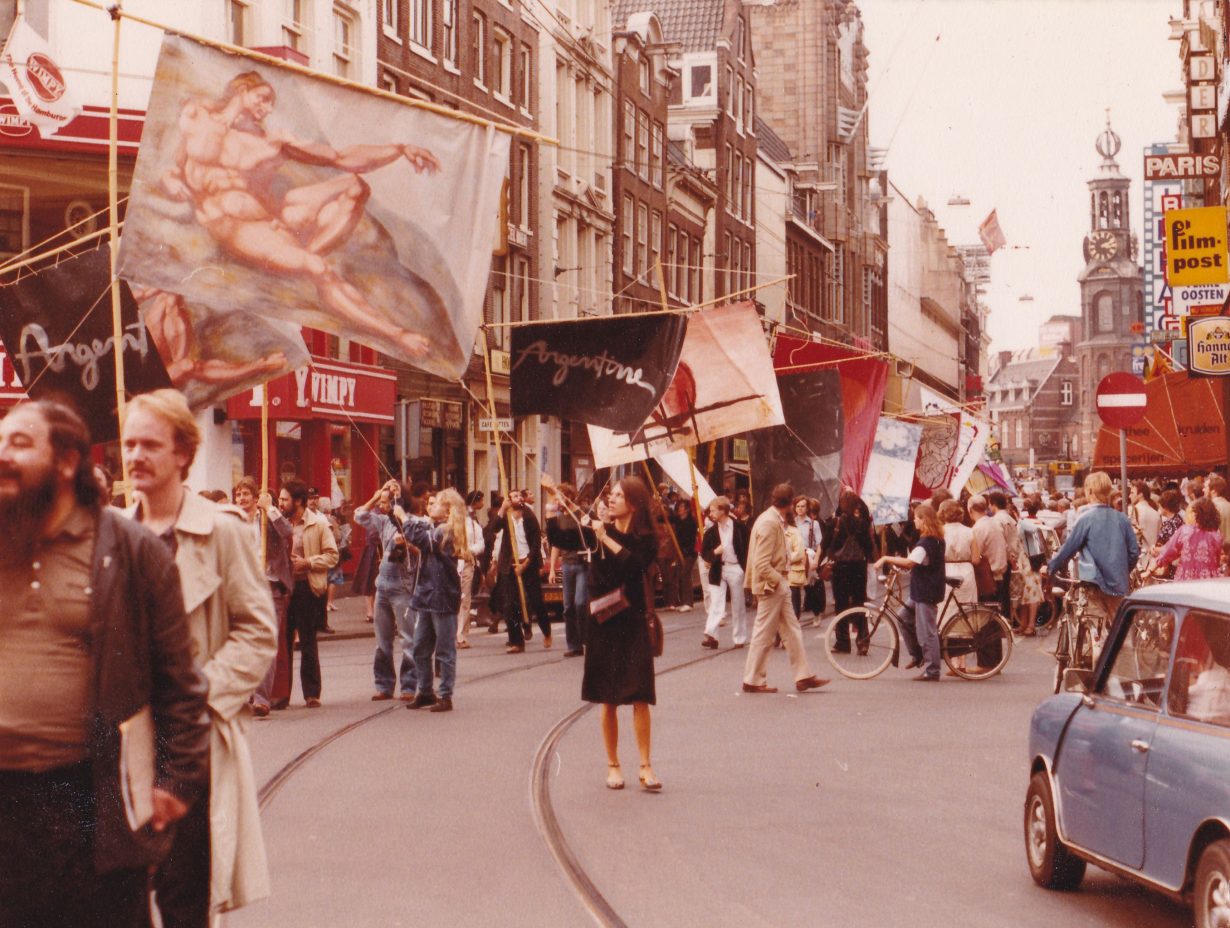Graphic Turn: Like the Ivy on the Wall at Museo Nacional Centro de Arte Reina Sofía avoids linear chronology in understanding decades of political and social upheaval
Graphic Turn brings together milestones in the history of Latin American graphic art’s role in the fight against oppression, from the 1960s to the present, in works that variously memorialise the victims of dictatorships, the battle for indigenous rights, and queer and feminist activism. The exhibition avoids a linear chronology; instead, works have been clustered into thematics such as ‘Untimely graphics’, ‘Insubordinate territories’, ‘Border crossing’ and ‘Counter-cartographies’, displaying affinities between the work of activists and artists from countries as distant as Mexico and Chile, and connections between creations made decades apart.
The result of in-depth research by a network of curators and scholars that was founded in 2007, Red Conceptualismos del Sur (the Southern Conceptualisms Network), the exhibition explores – through both image and written word – decades of political and social upheaval, while charting the substantial improvements in the region’s access to education, the impact of globalisation and the appearance of the internet. The latter influenced the search for new graphic tools to illustrate social protest, such as the light projections of verses from poems by Raúl Zurita produced by the collective Delight Lab during the Chilean popular uprisings of 2019. The effect of the new media landscape of the twenty-first century is evident through social media and the phenomenon of virality, collected in an succinct, testimonial manner in the segment titled ‘Agora of the Present’, which condenses images and videos circulating on the internet ranging from memes and phrases to actions that escape the notion of ‘graphics’ altogether, such as the performance Un Violador en Tu Camino (A Rapist in Your Path, 2019) by the Chilean feminist collective lastesis.

Graphic Turn succeeds in showing how art brings creativity to the service of street protests, and vice versa: how the breath of revolt inspires and influences artists, from works as simple as posters – perhaps the most used medium in the period of the 1960s, 70s and 80s, marked by civil wars, dictatorships and the intervention of the USA – to the current explosion of possibilities offered by the internet, and now more focused on the struggles of racial minorities and sex- and gender-dissident groups. Another noteworthy aspect is the sheer range of formats and surfaces used, as in the works related to the 2014 Ayotzinapa scandal, with works made by family members and activists protesting the detention and disappearance of 43 students in Mexico, ranging from publications to embroidery, monumental graffiti and kites with the students’ faces printed on them.
These two-dimensional artistic strategies, billboards, posters, banners and print are based on an economy of means that inherits the aesthetic tradition of posters printed on small-scale platen presses, with the particular imprint that these leave on the paper, a style that even today is imitated with digital filters. Aesthetically there is not, in fact, that much difference between many of the contemporary works on view and those of the 1970s or 80s. Visual motifs recur – closed fists, balaclavas, women cultivating the land, men in guerrilla uniforms – speaking to a connection between designers and artists from different latitudes, but also to the power of nostalgia, when the activist image is reduced to that of a pop icon, as happens with, for example, La Falsificación de Las Tupamaru (2006) by Javier Vargas Sotomayor, who cross-dresses the sixteenth-century Inca leader of the ‘Great Rebellion’ against the Spanish crown in brightly coloured wigs. What was initially generated to encourage civic power just as often decants into products destined for hipster consumption and the aestheticisation of political struggle, as with Jesus Barraza’s Solidarity with Standing Rock (2016), a screen print starring a closeup of an attractive young woman wearing an equally protest-graphic- filled T-shirt.
These are urgent responses to injustice. Examples of street banners and posters on the museum wall – as with the big space destined to a number of Argentine collectives – offer evidence of streetwise immediacy, while other works suggest greater deliberation and retrospection in dealing with past traumas, as in the embroideries made by Zapatista women. All the works, though, are united by their basic function: they constitute a call to action. This is art that serves a cause, one in which the message comes before the aesthetic.
Graphic Turn: Like the Ivy on the Wall at Museo Nacional Centro de Arte Reina Sofía, Madrid, through 10 October
